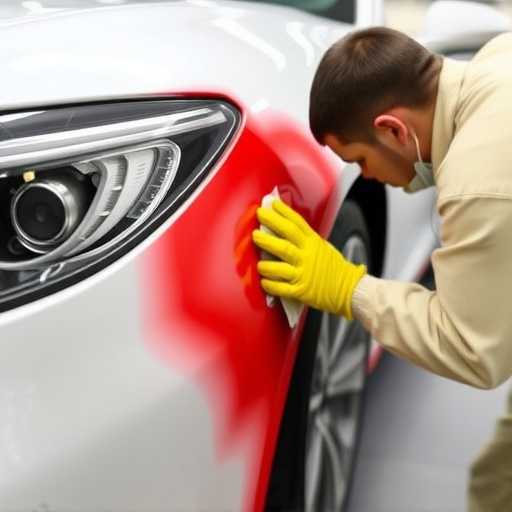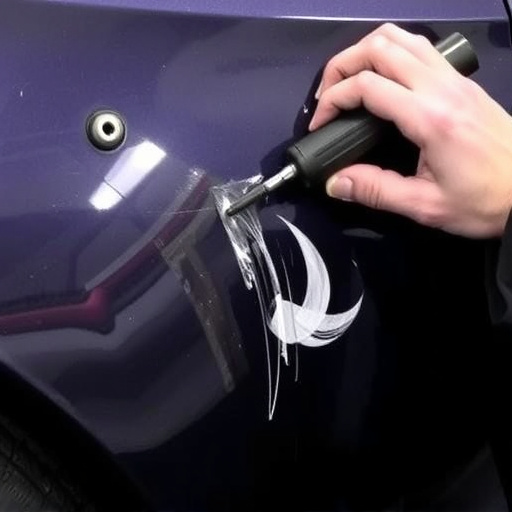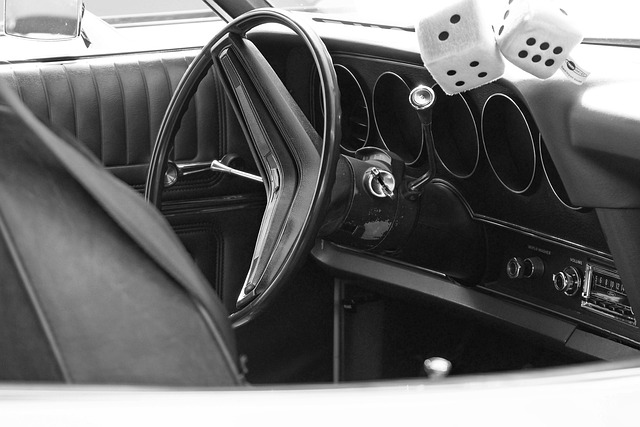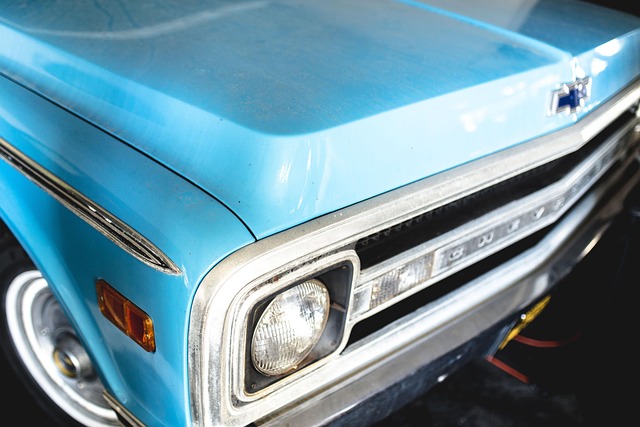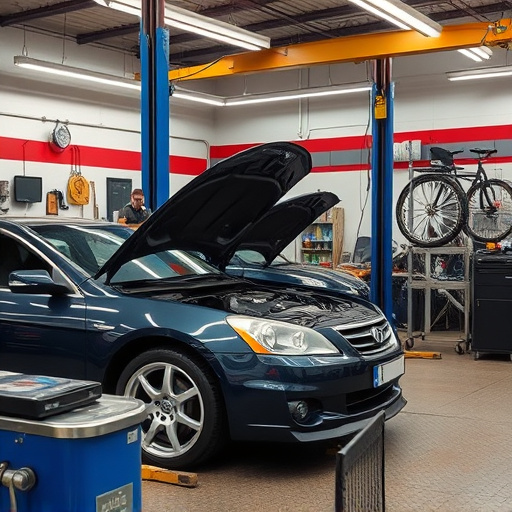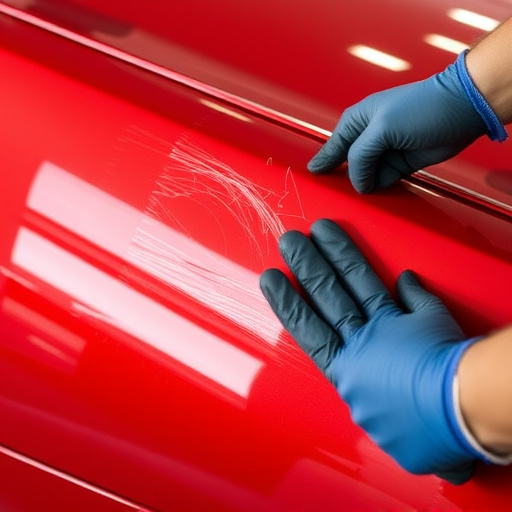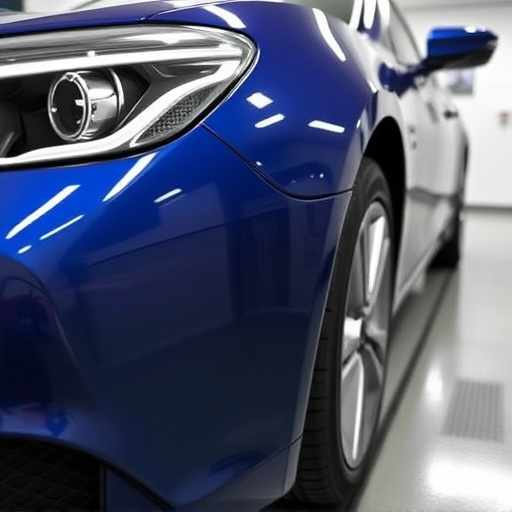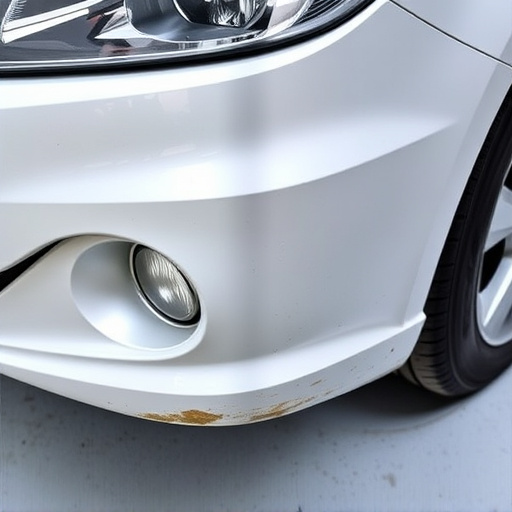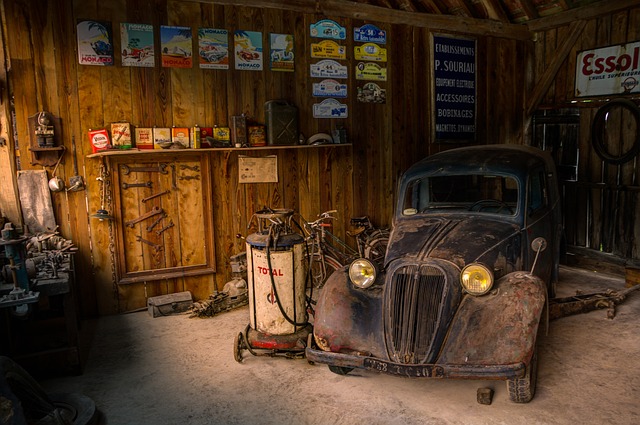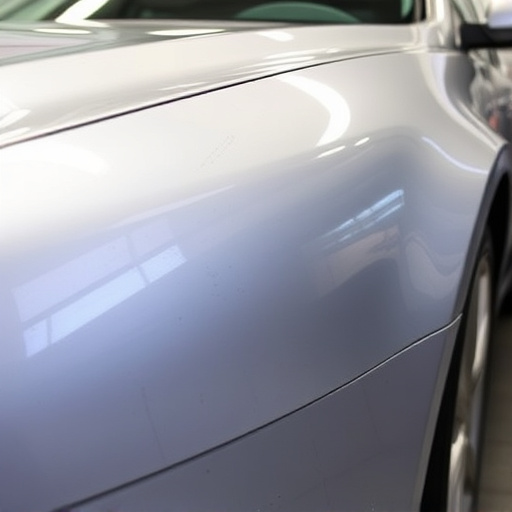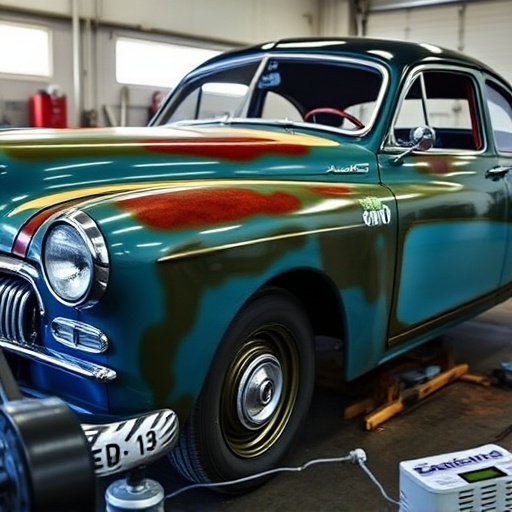Automotive paints, categorized into conventional solvent-based, water-based, and polyurethane types, each have distinct pros and cons. Solvent-based paints are durable but harmful, water-based are eco-friendly with fast drying times, while polyurethane offers exceptional durability and versatility. Optimal application techniques vary by paint type, requiring precise equipment or hand-painting for different restoration needs. Mastery of these practices ensures aesthetic appeal, long-lasting durability, and maintained vehicle value through proper surface preparation, controlled application conditions, and regular inspection.
Discover the art of achieving flawless finishes with our comprehensive guide to applying diverse automotive paint types. From understanding the basics of each variant to mastering application techniques, we empower you to transform vehicles with durability and aesthetics in mind. Learn best practices and insider tips for achieving long-lasting results, ensuring your work stands the test of time. Explore the secrets behind various automotive paint types and elevate your skills today.
- Understanding Automotive Paint Types: An Overview
- Application Techniques for Various Paint Types
- Best Practices and Tips for Long-Lasting Results
Understanding Automotive Paint Types: An Overview
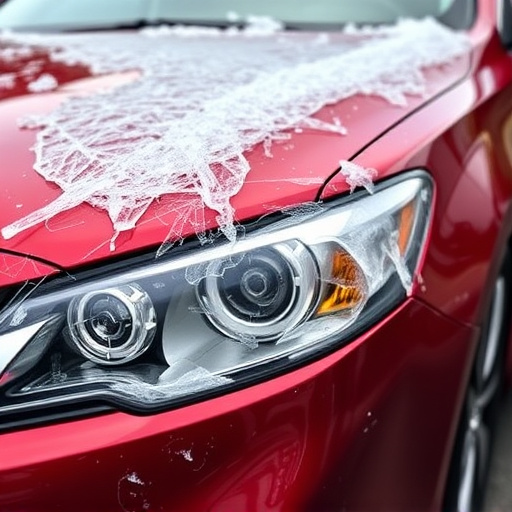
Automotive paints are categorized into several types, each with unique properties and applications. The understanding of these various paint types is paramount in ensuring optimal results during car body restoration or any vehicle repair services. In terms of composition, automotive paints can be classified as conventional (or solvent-based), water-based, and polyurethane.
Solvent-based paints, though popular for their durability, involve the use of volatile organic compounds (VOCs) that are harmful to both human health and the environment. Water-based paints, on the other hand, offer a more eco-friendly option with reduced VOC emissions and faster drying times. Polyurethane paints stand out for their exceptional durability, resistance to chipping, and versatility in adhering to various surfaces, making them popular choices in body shop services for both aesthetic and protective coatings.
Application Techniques for Various Paint Types
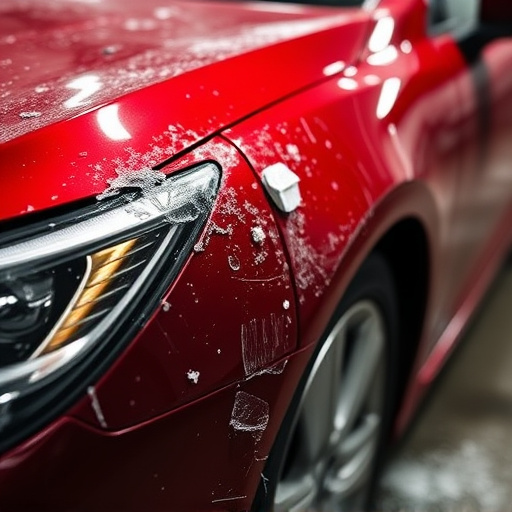
The application technique varies significantly across different automotive paint types, each requiring a tailored approach for optimal results. For example, enamels and lacquers, commonly used in modern cars, demand precise spraying techniques to achieve a smooth, even finish. This involves using specialized equipment like airbrushes or high-pressure spray guns, ensuring proper ventilation, and following recommended drying times. On the other hand, traditional automotive paints, often found in classic car restoration projects, might require hand-painting techniques due to their unique formulations.
When dealing with specific challenges like dent repair or auto collision center work, understanding the paint type is crucial. For instance, if a vehicle has undergone significant body damage and requires a new panel, an auto repair near me shop should assess whether a base coat, primer, and topcoat are needed for a complete restoration. Each paint type has its nuances, and mastering these application techniques ensures not only aesthetic appeal but also long-lasting durability, preserving the vehicle’s value and appearance.
Best Practices and Tips for Long-Lasting Results
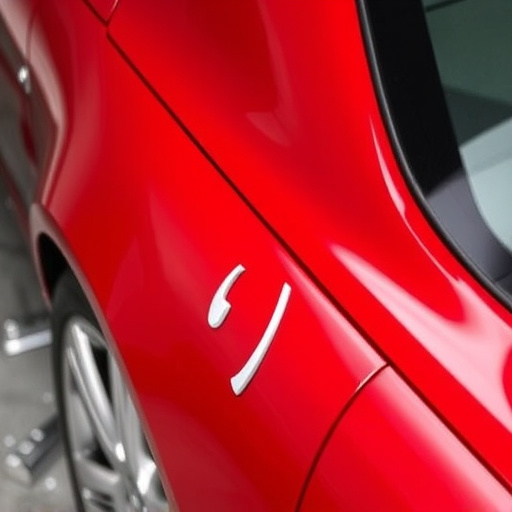
To achieve long-lasting results with any automotive paint type, a few best practices should be followed inside and out of the car body shop. First and foremost, proper surface preparation is key; this involves thoroughly cleaning the car, sanding any rough spots, and ensuring all debris is removed before applying paint. Using high-quality primer and surfacer designed for automotive use can also significantly enhance adhesion and longevity.
Another vital tip is to maintain a controlled environment during application. This means minimizing exposure to direct sunlight and extreme temperatures, as these conditions can affect drying times and overall paint quality. Additionally, using the right tools – like professional-grade paint guns and rollers – and applying even coats with minimal overlap will contribute to a smooth, durable finish. Regular maintenance, including regular washing and inspecting for signs of chipping or fading, is also essential to keep your car looking its best and extend the life of any automotive paint types used in top-notch car repair services.
Applying the right automotive paint type and following best practices ensures not only long-lasting results but also enhances the vehicle’s aesthetics. By understanding different paint types and utilizing suitable application techniques, you can achieve a professional finish that stands the test of time. Remember to always follow safety guidelines, choose high-quality paints, and pay attention to surface preparation for optimal outcomes when working with automotive paint types.
